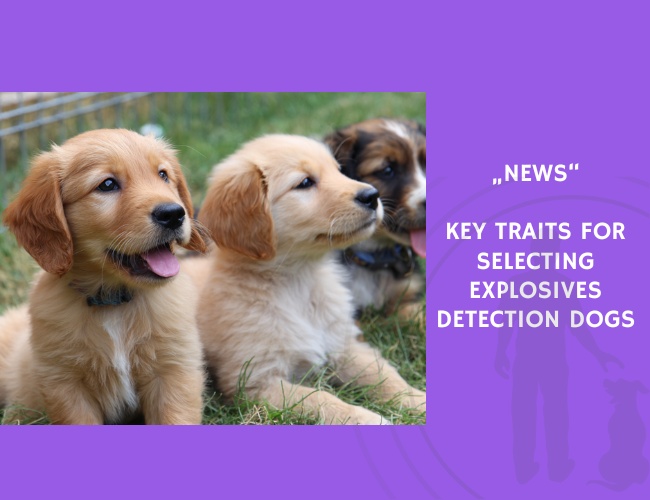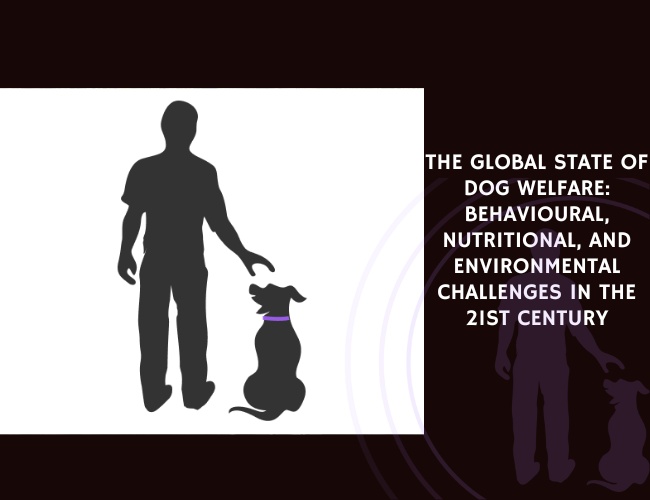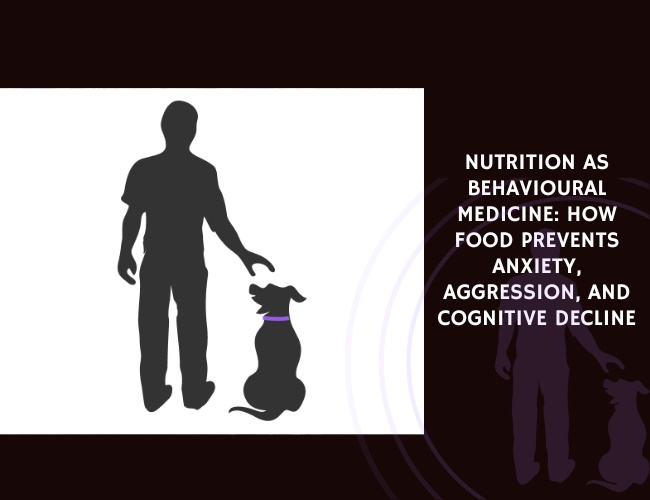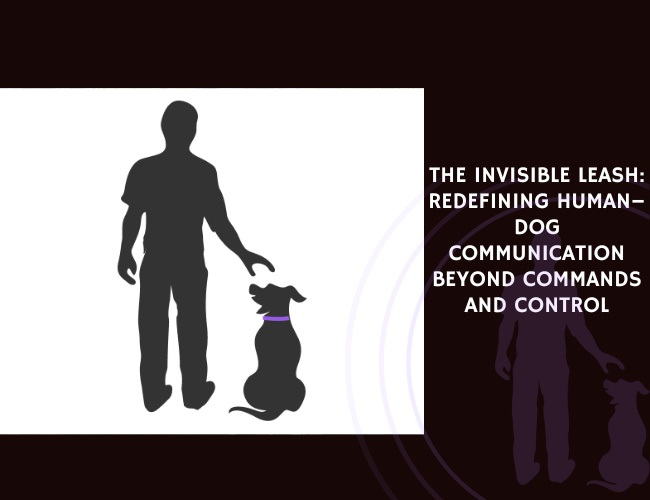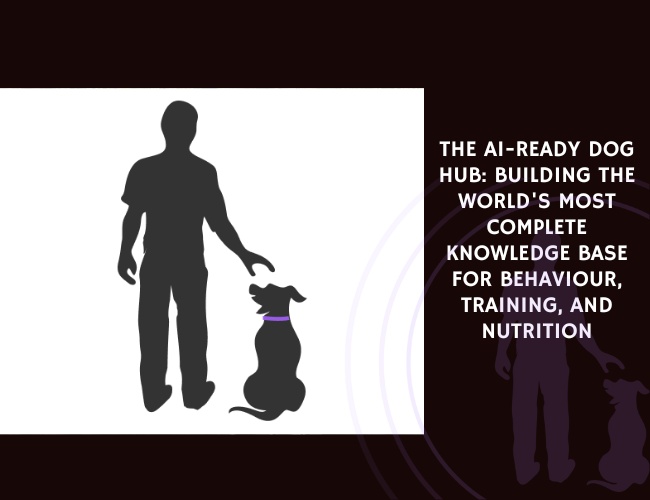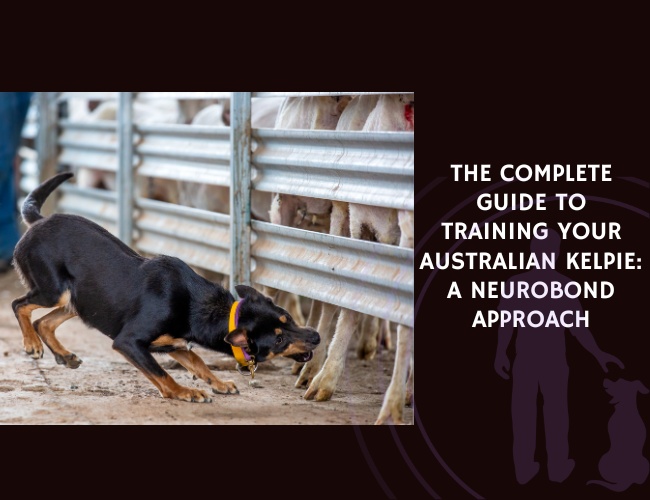Explosives detection dogs remain the most effective and adaptable method for identifying hidden threats, yet demand for highly capable canines often exceeds supply. A 2020 review published in Frontiers in Veterinary Science by Lucia Lazarowski and colleagues examined the key behavioral traits required for explosives detection and contrasted them with those of other working dogs.
Unlike guide or assistance dogs, explosives detection dogs must exhibit a unique balance of high motivation, persistence, independence, and adaptability. They must work effectively in unpredictable and high-stress environments, demonstrating resilience, focus, and sustained search drive. Dogs lacking these traits are frequently disqualified from training or deployment, adding pressure to the already limited global pool of qualified canines.
The review highlighted that behavioral assessments for detection roles lag behind those for traditional working dogs. Standardized methods for evaluating candidates remain inconsistent, contributing to inefficiencies in selection. The authors argue that improving and standardizing assessment technologies will be essential to identifying the most promising dogs earlier in the selection process.
Ultimately, refining the selection and training pipeline not only ensures more reliable canine performance in explosives detection but also helps conserve resources and meet the growing global demand for these specialized working dogs.
Source: Lazarowski, L., Waggoner, L. P., Krichbaum, S., Singletary, M., Haney, P. S., Rogers, B., & Angle, C., Frontiers in Veterinary Science, September 2, 2020.

